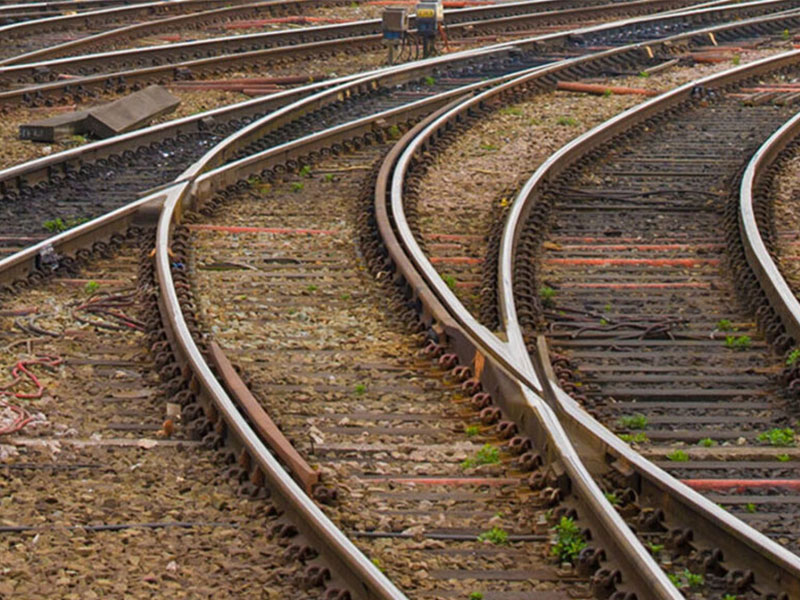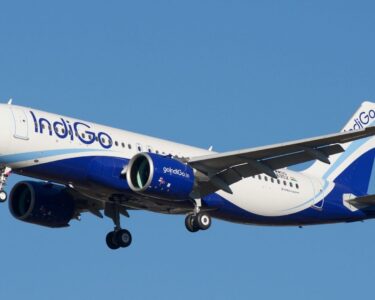Once an iron serpent slithering through lush valleys and colonial echoes, the Kelani Valley Railway (KV) stands poised for a 21st-century resurrection. Abandoned in the 1970s, its rusting tracks and skeletal stations whispered of a forgotten past. But now, the Sri Lanka Railways (SLR) is breathing new life into this historic line, aiming to transform it into a catalyst for tourism, development, and a reconnection with the country’s vibrant heartland.
A Phased out Project:
By 2030, the KV is set to reclaim its rightful place as the artery of the Kelani Valley. The journey begins with Phase 1, a dual track rising from Maradana to Homagama, promising swift commutes and a 21st-century facelift. From Avissawella to Eheliyagoda, the slumbering tracks will awaken, carrying the echoes of laughter and commerce once again. Finally, in a grand finale, the steel ribbon will stretch further, reaching the bustling port city of Hambantota, stitching together the tapestry of Sri Lanka’s economic landscape.
The benefits of this revival are multifold. Tourism, the lifeblood of Sri Lanka’s economy, will find a new playground in the KV’s scenic embrace. Waterfalls cascading through emerald valleys, colonial stations whispering tales of the past, and the rhythmic chug of the train—these will weave a spell on travelers, drawing them deeper into the country’s soul. For local communities, the KV promises improved connectivity and is a lifeline for farmers, educators, and entrepreneurs. Faster commutes, easier access to markets, and the potential for tourism-related businesses—these are the seeds of growth waiting to be sown along the tracks.
Yet, amidst the promise, lie challenges. Over 1500 lives find shelter on the abandoned tracks, and relocating them requires empathy and well-crafted solutions. Land acquisition for the Hambantota extension, too, poses hurdles, demanding delicate negotiations and a commitment to fair compensation.
The Kelani Valley Railway’s revival is more than just the laying of tracks and the chugging of locomotives. It is a symbol of Sri Lanka’s resilience, its unwavering spirit to reclaim its past and forge a brighter future.







